Help me save Scheff..
tifflj
11 years ago
Related Stories
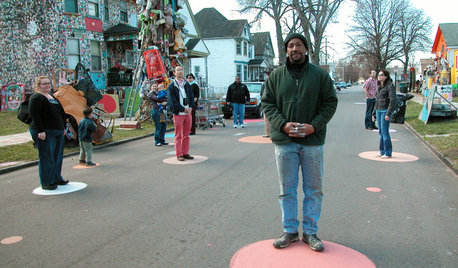
FUN HOUZZDecorated Houses Help Save a Detroit Neighborhood
Art's a start for an inner-city community working to stave off urban blight and kindle a renaissance
Full Story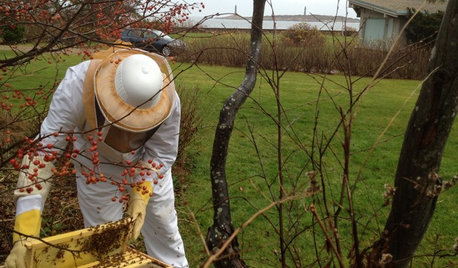
LIFEYou Said It: ‘You Can Help Save the Bees’ and More Houzz Quotables
Design advice, inspiration and observations that struck a chord this week
Full Story
ORGANIZING7 Habits to Help a Tidy Closet Stay That Way
Cut the closet clutter for a lifetime — and save money too — by learning how to bring home only clothes you love and need
Full Story
SAVING WATER11 Ways to Save Water at Home
Whether you live in a drought-stricken area or just want to help preserve a precious resource, here are things you can do to use less water
Full Story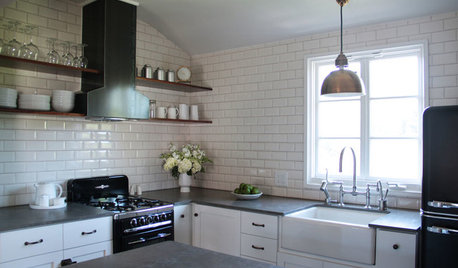
KITCHEN DESIGN10 Big Space-Saving Ideas for Small Kitchens
Feeling burned over a small cooking space? These features and strategies can help prevent kitchen meltdowns
Full Story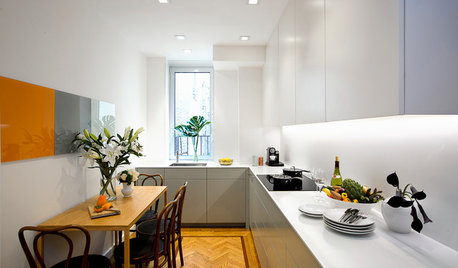
SMALL KITCHENSKitchen of the Week: Space-Saving Tricks Open Up a New York Galley
A raised ceiling, smaller appliances and white paint help bring airiness to a once-cramped Manhattan space
Full Story
ORGANIZINGDo It for the Kids! A Few Routines Help a Home Run More Smoothly
Not a Naturally Organized person? These tips can help you tackle the onslaught of papers, meals, laundry — and even help you find your keys
Full Story
HOUSEKEEPINGThree More Magic Words to Help the Housekeeping Get Done
As a follow-up to "How about now?" these three words can help you check more chores off your list
Full Story





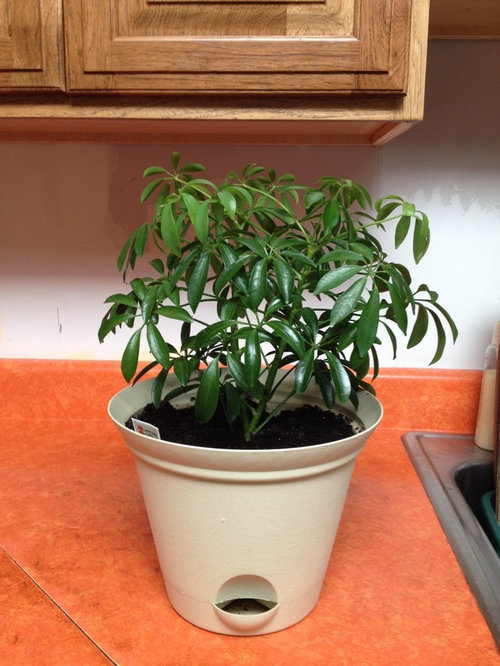

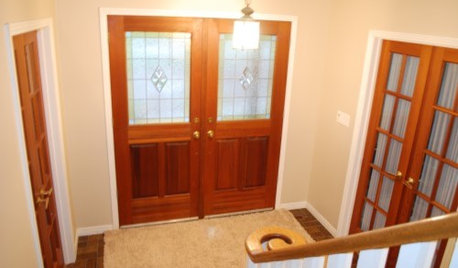



tiffljOriginal Author
tiffljOriginal Author
Related Professionals
Edmond Landscape Architects & Landscape Designers · Windham Landscape Architects & Landscape Designers · Kyle Landscape Architects & Landscape Designers · Edmond Landscape Contractors · Alamo Landscape Contractors · Beverly Hills Landscape Contractors · Brandon Landscape Contractors · Commack Landscape Contractors · Gurnee Landscape Contractors · New Brighton Landscape Contractors · Palatine Landscape Contractors · Paterson Landscape Contractors · Pompton Lakes Landscape Contractors · Shirley Landscape Contractors · Wareham Interior Designers & Decoratorsbirdsnblooms
tiffljOriginal Author
tiffljOriginal Author
birdsnblooms
The Ficus Wrangler
Polly381
tiffljOriginal Author
silentsurfer
Polly381
Tiffany, purpleinopp Z8b Opp, AL
tropicbreezent
tiffljOriginal Author
tapla (mid-Michigan, USDA z5b-6a)
The Ficus Wrangler
birdsnblooms
tapla (mid-Michigan, USDA z5b-6a)
birdsnblooms
tapla (mid-Michigan, USDA z5b-6a)
tiffljOriginal Author
silentsurfer
tapla (mid-Michigan, USDA z5b-6a)
Tiffany, purpleinopp Z8b Opp, AL
tapla (mid-Michigan, USDA z5b-6a)
tiffljOriginal Author
birdsnblooms
tapla (mid-Michigan, USDA z5b-6a)
birdsnblooms
tapla (mid-Michigan, USDA z5b-6a)
birdsnblooms
tapla (mid-Michigan, USDA z5b-6a)
silentsurfer
tapla (mid-Michigan, USDA z5b-6a)
tiffljOriginal Author
silentsurfer
birdsnblooms
tiffljOriginal Author
The Ficus Wrangler